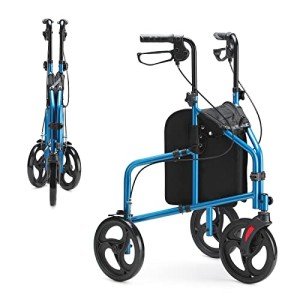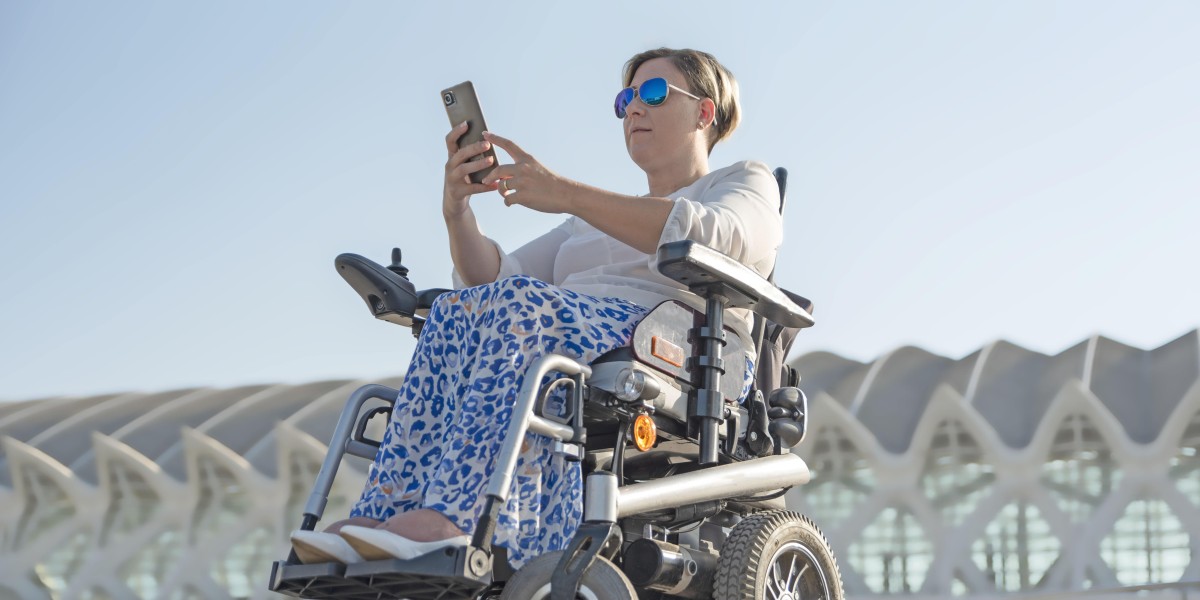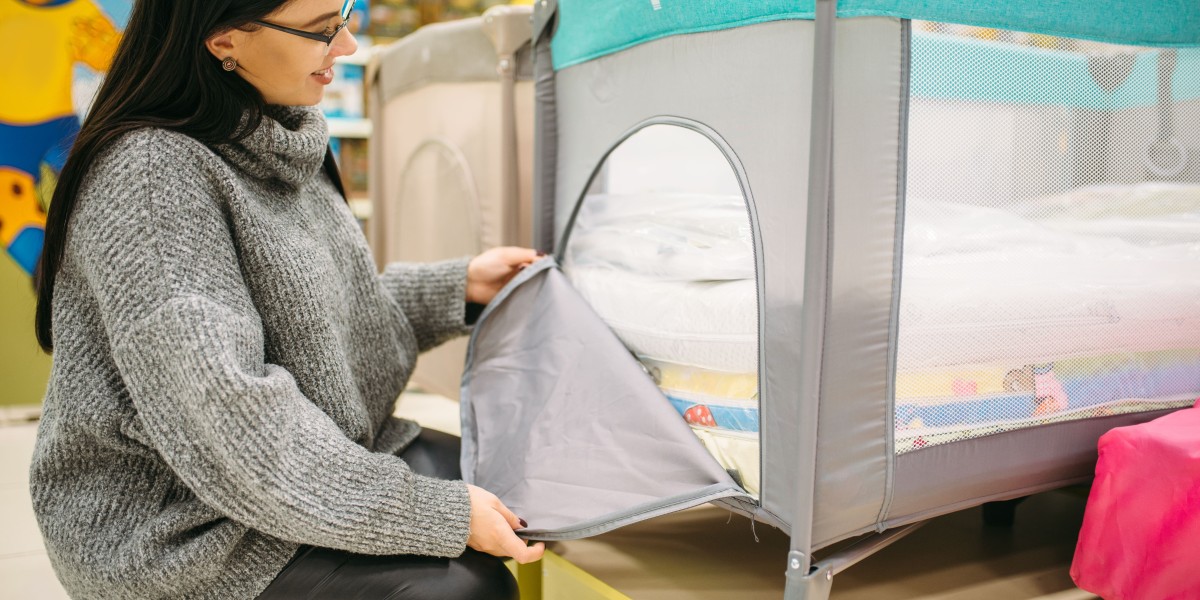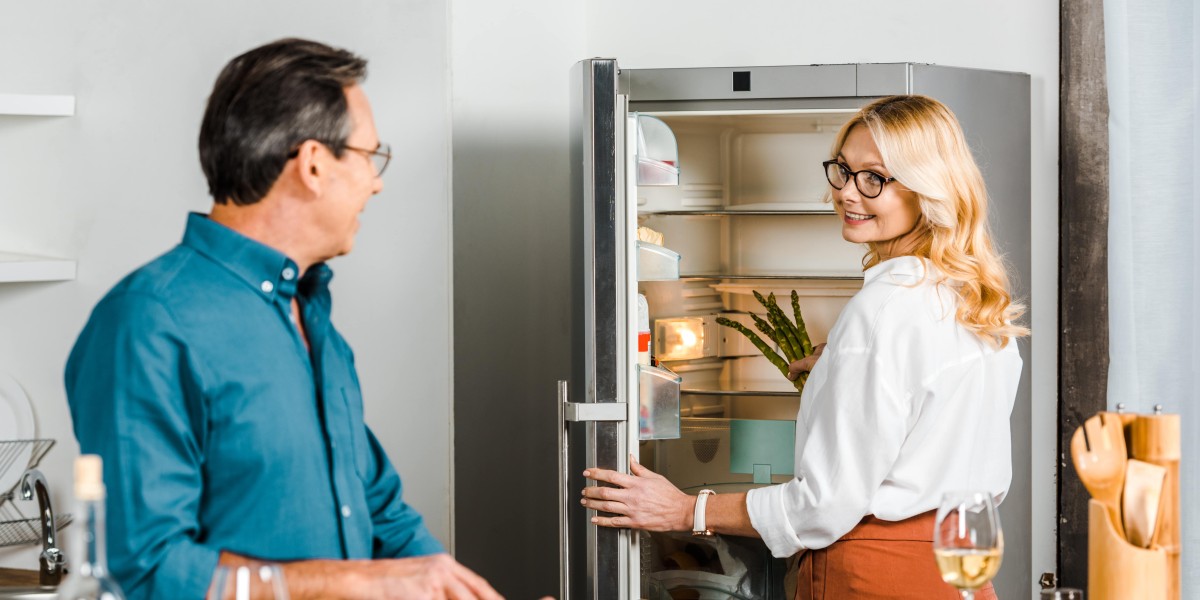The Rise of Indoor Walkers: A Comprehensive Guide
Indoor walkers have actually emerged as a popular option for people looking for to keep an active way of life within the boundaries of their homes. These flexible devices accommodate a diverse audience, from fitness lovers to those recovering from injuries. This post will look into the basics of indoor walkers, their benefits, types, and some considerations to bear in mind before purchasing one.

What is an Indoor Walker?
An indoor walker is a physical fitness machine created to simulate walking without the need for outdoor area. Unlike standard treadmills, which mainly concentrate on running and jogging, indoor walkers highlight a natural walking motion. They are equipped with functions that promote stability, support, and comfort, making them ideal for a vast array of users.
Why Choose an Indoor Walker?
Indoor walkers included a myriad of benefits that interest users of all ages and physical fitness levels. A few of the main benefits consist of:
- Convenience: They can be used anytime, regardless of weather condition conditions or time, making it simpler to fit workout into a hectic schedule.
- Low Impact: Indoor walkers are developed to reduce pressure on joints, making them an outstanding choice for those with mobility issues or joint issues.
- Space-Efficient: Many models are compact and simple to shop, fitting into studio apartments or homes with minimal area.
- Range of Workouts: With adjustable speeds and strength levels, users can tailor their workouts to their fitness objectives.
Types of Indoor Walkers
Indoor walkers can be found in numerous styles, each accommodating different user requirements. Here are a few of the most typical types:
| Type | Description | Ideal For |
|---|---|---|
| Handbook Walkers | Run by the user, moving the limbs in a walking movement. | Beginners seeking an easy, cost-efficient alternative. |
| Motorized Walkers | Geared up with a motor to manage speed and incline settings. | Those wanting a more versatile exercise experience. |
| Under-desk Walkers | Compact machines that fit under desks, promoting walking while working. | People working from home aiming to remain active. |
| Recumbent Walkers | Permit users to stroll in a seated position, minimizing tension on the body. | Older adults or those Rollator With Brakes mobility challenges. |
Secret Features to Consider
When selecting the ideal indoor walker, numerous functions can affect the general workout experience. Here are some important considerations:
- Size and Portability: Ensure it fits your designated workout area and is easily movable if required.
- Weight Capacity: Check the optimum weight limitation to guarantee safety throughout workouts.
- Adjustable Settings: Look for machines that provide adjustable speed and incline settings to customize your workouts.
- User-Friendly Display: Choose an indoor walker with an easy-to-read display that tracks time, distance, calories burned, and speed.
- Comfort Features: Consider cushioned handles, adjustable height, and a sturdy base Rollator For Disabled improved stability and comfort.
Health Benefits of Indoor Walking
Taking part in regular indoor walking can yield numerous health benefits:
- Enhanced Cardiovascular Health: Walking boosts heart rate and improves blood circulation, lowering the risk of heart illness.
- Weight Management: Regular walking, combined with a well balanced diet, aids in weight control and can add to weight loss.
- Improved Mood: Physical activity releases endorphins, which can help in reducing sensations of anxiety and depression.
- Reinforced Muscles: Indoor walking reinforces the leg muscles and improves general body coordination and balance.
Establishing a Walking Routine
To maximize the benefits of indoor walking, it's necessary to develop a constant regimen. Here are some tips to get started:

- Create a Schedule: Dedicate specific times throughout the week for walking. Objective for at least 150 minutes of moderate aerobic activity weekly.
- Warm Up and Cool Down: Always start with a 5-minute warm-up to prepare your body and finish with a cool-down to assist recovery.
- Listen to Your Body: Pay attention to how you're feeling. If you experience discomfort or pain, stop and assess your body's needs.
Frequently Asked Questions (FAQs)
Q: How much space do I require for an indoor walker?A: Most indoor walkers are compact and need a little footprint. It's recommended to have at least 6 to 8 square feet offered for a safe exercise location. Q: Can indoor walkers be utilized by olderadults?A: Yes, indoor walkers are outstanding for older adults as they offer low-impact workout while promoting stability and mobility. Q: Do I require a health club membership if I have an indoor walker?A: No, having an indoor walker allows you to engage in cardio exercises at home, negating the need for a fitness center subscription for walking exercises. Q: How do I keep my indoor walker?A: Regularly check for loose screws, tidy the maker after use, and follow the producer's guidelines for particular maintenance schedules. Q: Are indoor walkers suitable for rehabilitation?A: Yes, numerous indoor walkers are developed to support rehab, particularly for patients recovering from surgery or injury. Always speak with a health care professional before beginning a new exercise program. Indoor walkers use a hassle-free and reliable way to integrate physical activity into every day life. With their multiple health benefits, easy to use designs, and flexibility, they are an excellent investment for anyone seeking to improve their
fitness levels in the Drive Devilbiss Tri-Walker: Comfort & Support on the Go of their home. By understanding the different kinds of indoor walkers, crucial functions to think about, and the health advantages of walking, individuals can make educated options that align with their fitness goals. With devotion and the best devices, staying active has never ever been easier.








